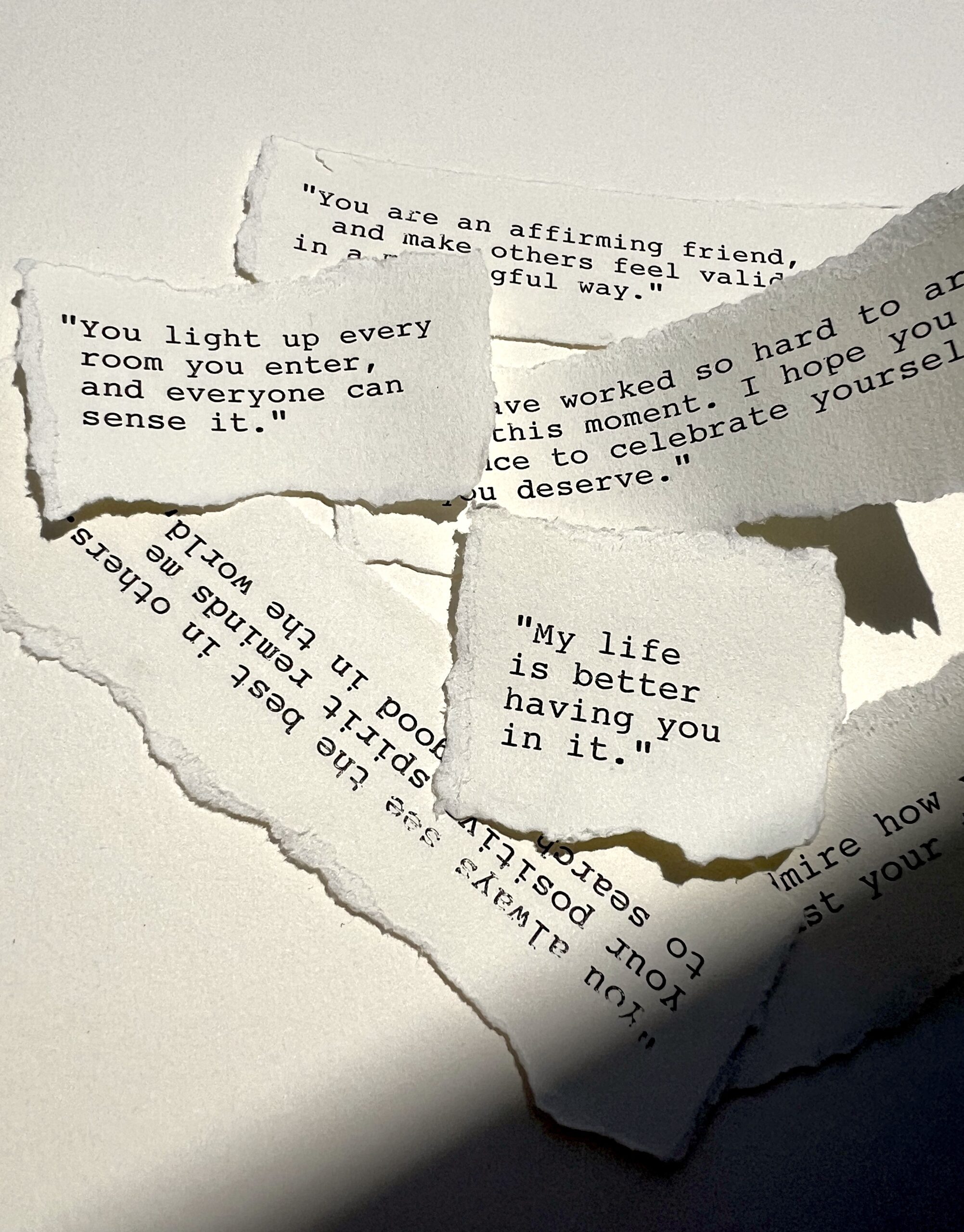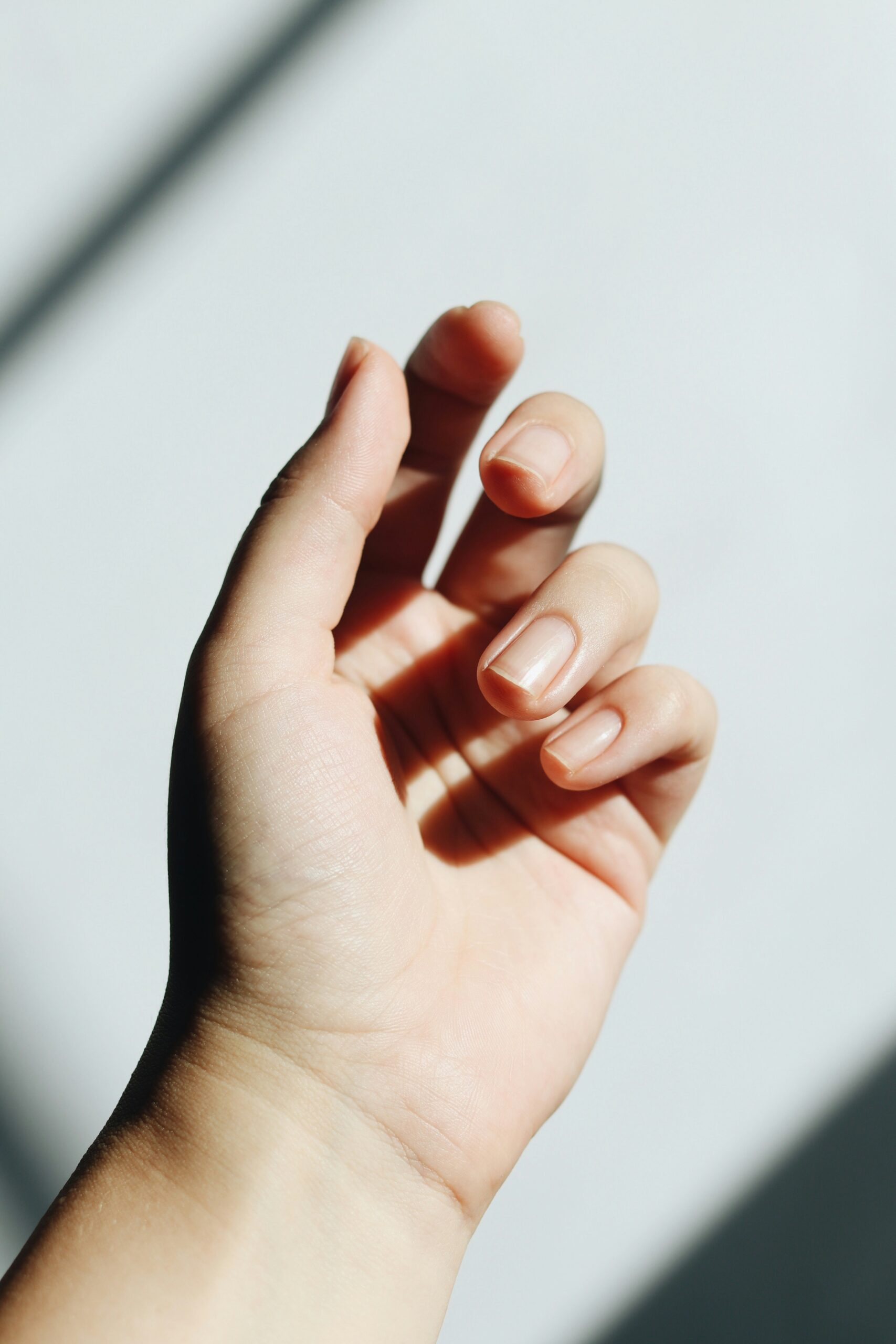
How To Spring Clean Your Mind
There’s a stage of tidying where you’re walking around with your hands full, picking up more and more as you go. There are only two ways that this ends: You find the right places to put everything, or something finally drops. This is how my mind sometimes feels, like my brain is the basin between my arms, overflowing as I hurry through my life looking for somewhere to put it all down.
“Wouldn’t it be nice to take a magic eraser to the mind at times?”
There’s something satisfying about spring cleaning. (Imagine the feeling after decluttering your wardrobe or scrubbing your grout.) For so long, I was looking for ways to declutter my brain in the same way. Wouldn’t it be nice to take a magic eraser to the mind at times? I thought I just needed to get more done and I’d stop feeling behind. And when that tired me out, I thought I just needed to get more sleep and I’d wake up finally refreshed.
Turns out, there was nothing wrong with me or my brain. And despite my best efforts to find an internal cause for my constant mental load, there wasn’t one. The term “brain fog” often refers to a physical symptom of illness, poor nutrition, or lack of sleep. But at the source of my sense of overwhelming accumulation was something else — something I couldn’t explain until I heard Michelle Pellizzon on the Holisticism podcast say: “Your brain is for intuiting and creating, not for storage.”
Learning to tap in, not check out
Pellizzon was describing something that I had never put words to. “We’re in this culture of multitasking and switching constantly. You have 20 million tabs you’re switching between desktops, so it makes working memory really difficult. You can’t always remember what task you’re on.”
“There’s nothing more frustrating than your laptop lagging because it can’t take the strain you’re putting on it — and that’s how I had been treating my brain.”
This was exactly how I felt. Even offline, I had the sense that I was always switching between tasks and thoughts. And the second I closed one window, so to speak, another would open. There’s nothing more frustrating than your laptop lagging because it can’t take the strain you’re putting on it — and that’s how I had been treating my brain.
I had been looking for a solution that was about mitigating things, lessening my feelings of being tired, overwhelmed, and perpetually behind. Pellizzon pinpointed something revelatory to me when she said, “It will make you more intuitive if you can free up your mental bandwidth and your space.”
I never considered that there could be an answer that made me more connected, more creative, more intuitive. I accepted that I would always have many thoughts moving around my brain and I didn’t have to get rid of them. I just had to organize them.
What I really never imagined was this clarity could come from a practice that is so simple. Pellizzon recommended what she called a “second brain” — which is pretty much an organized brain dump. And it’s changed my life.
What is a second brain? (And how to use it)
“A second brain is a place to store information,” says Pellizzon. In other words, it’s like a body double for your brain.
Think of a more efficient version of writing on endless notecards, or a collage of all your frantic notes app scribblings. It’s a centralized place to store your information so you don’t have to keep it in your head. From to-do lists to life admin tasks and recommendations, I keep everything in my second brain and turn to it often to ease any feelings that I’m forgetting something. I’ve become diligent about putting absolutely everything on there so I know I can trust it.
The thing about a second brain is that it loses its efficacy if I have to stress about forgetting to put something there. As a writer, people have always gifted me notebooks. And as a Capricorn cusp, I love the fresh-start feeling of a new notebook to hold all my lists. But inevitably, these all fall into disuse. I have enough abandoned journals to prove it. So, I digitized my second brain for two reasons: To be able to edit it on the go and to make it fun by experimenting with Notion.
“I had to ask myself how I think, what types of information I was storing, and how I wanted to use my brain more creatively.”
It turns out that Notion devotees are onto something. The process of creating my second brain was a cognitive exercise in itself. For me, that’s what took it beyond a classic brain dump. I had to ask myself how I think, what types of information I was storing, and how I wanted to use my brain more creatively. It was the difference between making a pile of all of your clutter and sorting it into boxes.
Most importantly, it made it fun. What could have been a tedious task, just another thing to check off a list for productivity’s sake, was suddenly playful. And now I have a color-coded archive of my thoughts complete with moodboards and images. If this sounds intimidating or excessive, I understand. However, beyond the satisfaction of having a second brain, I wanted to avoid the consequences that can come with holding onto all those tasks and to-dos.
Contending with overwhelm
Like anything else, the little things you hold in your head accumulate. If you’re anything like me, it’s hard to let those passing thoughts go completely. Even if you forget them momentarily, they come back to you with renewed urgency. I’ll be washing the dishes or taking a shower when I remember something I forgot to do days ago — then promptly forget it again. The cycle continues.
“If we don’t listen to it and remediate our stress routinely, over time it will turn into disease, and we will have no choice but to stop and heal.”
– Dr. Marissa Smith Tunis, Psy.D.
The constant feeling of being behind and the race to catch up that ensues can lead to chronic stress and even burnout.
“Chronic stress reverberates through our system, flagging us that something is wrong through pain, tension, anxiety, and burnout,” says Dr. Marissa Smith Tunis, Psy.D. “If we don’t listen to it and remediate our stress routinely, over time it will turn into disease, and we will have no choice but to stop and heal.”
There are many things you can do to relieve stress. However, you can’t avoid it completely.
“There is no way to bypass stress, it’s a part of being human. However, holding on to the stress can truly wreak havoc on our mind, body, spirit, and surroundings,” says Maryam Ajayi, Founder of Dive In Well. An energy healer and certified practitioner of Reiki and breathwork, Ajayi created Dive In Well to champion inclusivity within the wellness industry and facilitate spaces for healing by helping individuals and corporations find tangible guidelines to elevate their well-being. She’s all about giving busy people the tools to actually integrate wellness practices into our lives.
“Since we can’t always practice scream therapy, getting our thoughts onto paper — or into the cloud — is invaluable.”
“It’s imperative that no matter where you’re at on your mental health and wellness journey, you learn basic techniques to release stress, such as breathing (truly, stop and simply take a deep breath with a huge exhale, repeat as necessary), journaling (get your thoughts out on paper), getting into nature (even if it’s for a short walk to get fresh air), and if all else fails, letting out a scream does wonders to release stress.”
Since we can’t always practice scream therapy, getting our thoughts onto paper — or into the cloud — is invaluable. While journaling is part of my personal practice, the second brain makes a ritual out of the brain dump, keeping me tuned in and intuitive despite the pile of things I have to do. It says: Here are all the things in your head. What are you going to do with them?
Tips for your brain dump ritual
Even if you don’t go as far as systemizing every thought, the benefits of a brain dump ritual are compounding. Doing a quick brain dump before bed keeps you from ruminating as you fall asleep. This leads to better, deeper sleep since your brain is not panicking about the looming uncertainties of the day ahead.
“The most powerful thing I have inherited from my brain dump and second brain rituals is an increased sense of my own capacity for creativity and intuition.”
This is a much more benevolent cycle than the alternative. All you have to do is keep a notepad or your preferred app by your bedside (though do try to avoid blue light before bed!). An extra step could be identifying a few priorities on your brain dump list so you can enter the new day with action.
Your brain dump ritual can also be weekly or monthly. You can use it as a check-in with yourself, too, and not only for work. Split it into the categories that define your life: What are you thinking about in your relationships? What deadlines are coming up that you need to plan for? What goals are on the horizon? To me, this is a true act of self-care — doing something for your future self now.
Beyond the increased productivity and reduced stress (which are significant, don’t get me wrong), the most powerful thing I have inherited from my brain dump and second brain rituals is an increased sense of my own capacity for creativity and intuition. Take it from me, unlocking new levels of creativity and knowledge really can come from just tidying up inside. I’ve discovered freedom in giving myself the space to walk through the corridors of my mind while they’re spring-cleaned and free of clutter.
Do you have second brain or brain dump rituals in your life? Share your methods for staying tuned in with us in the comments.
Langa Chinyoka is a writer and strategist based in Los Angeles.



